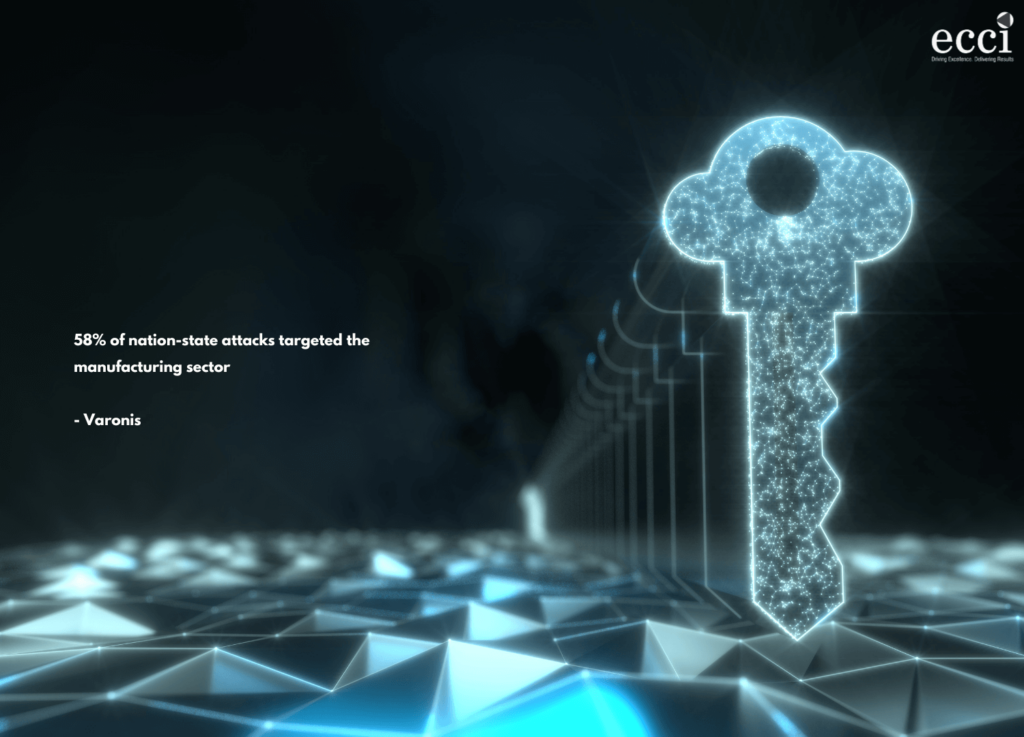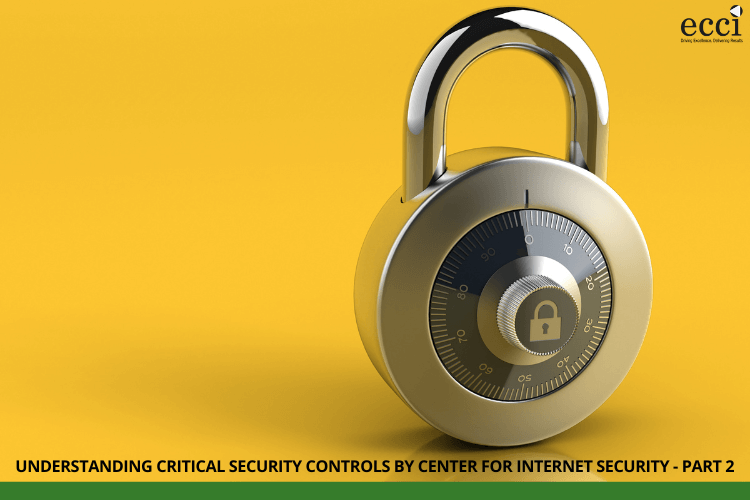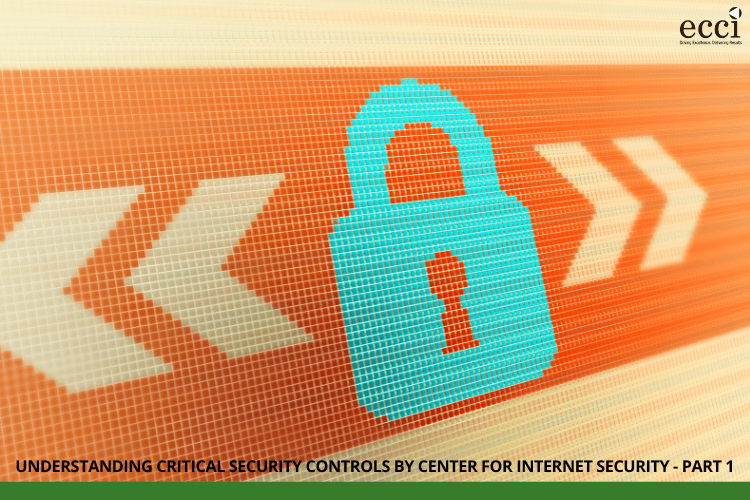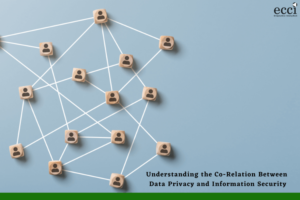In our initial discussion, we laid the groundwork by introducing the 18 foundational critical security controls that form the bedrock of an impregnable cybersecurity framework. Now, our focus shifts to the implementation phase, illuminating the nuances of each control and navigating the hierarchy of Implementation Groups (IGs).
Unveiling the CIS Controls
Before we embark on the journey through Implementation Groups, let us revisit the CIS Critical Security Controls to establish a solid foundation. These 18 controls collectively serve as the linchpin for constructing a resilient cybersecurity posture. From safeguarding enterprise assets to securing network infrastructure and training personnel on best practices, these controls encompass the entire spectrum of cyber defense. Each control functions as a unique instrument contributing to the orchestration of a comprehensive cybersecurity strategy.
Control 01-05: Establishing the Foundation
The sequence commences with Control 01, emphasizing the significance of maintaining an inventory of enterprise assets. This foundational step sets the stage for Controls 02 and 03, highlighting the criticality of managing software and safeguarding sensitive data. Controls 04 and 05 ensure secure configurations and effective management of user accounts, laying a robust groundwork for cybersecurity resilience.

Control 06-10: Reinforcing Access and Vigilance
Moving forward, Controls 06 and 07 guide organizations in establishing robust access controls and maintaining continuous vulnerability management. Controls 08 and 09 emphasize the importance of audit log management and protection against email and browser threats. In a digital landscape filled with potential threats, vigilance becomes paramount.
Control 11-15: Confronting Malicious Forces
Controls 11 and 12 navigate the realm of data recovery and network infrastructure management. Control 13 takes the lead in network monitoring and defense. Controls 14 and 15 ensure that employees are well-equipped with security awareness training and that third-party service providers are under meticulous scrutiny.
Control 16-18: The Culmination
Controls 16-18 focus on application software security, incident response management, and penetration testing. These controls provide the ultimate layer of defense against sophisticated and persistent cyber threats.
Now that we have briefly recapped the CIS Controls, let us proceed to decode the intricacies of Implementation Groups.
Implementation Groups: A Strategic Approach to Cybersecurity Prioritization
In the diverse landscape of cybersecurity, organizations vary significantly in terms of resources and capabilities. Implementation Groups (IGs) serve as a strategic approach to prioritize the application of CIS Controls based on the unique needs of different enterprises.
IG1: Essential Cyber Hygiene
Implementation Group 1 (IG1) acts as the foundational layer of the CIS Controls hierarchy. Tailored for small to medium-sized enterprises with limited IT expertise, IG1 represents the essential cyber hygiene regimen. It encompasses a foundational set of 56 safeguards designed to thwart common attacks and maintain operational continuity against non-targeted threats.
IG2: Scaling for Medium-to-Large Entities
IG2 caters to growing medium-to-large entities with diverse IT systems. With an additional 74 safeguards, IG2 builds upon IG1’s foundation, creating a robust defense against a broader spectrum of cyber threats. Organizations spanning multiple industries with sensitive data find solace in the comprehensive protection offered by IG2.

IG3: Fortifying the Pinnacle
For the largest and most mature organizations, IG3 takes center stage. Building upon the safeguards of IG1 and IG2, IG3 establishes the most advanced protection against sophisticated and persistent cyber threats. It serves as the cybersecurity fortress of the digital realm, rivaling the security measures of other regulatory frameworks.
Mapping the CIS Controls to Real-world Challenges
As we transition from theory to real-world challenges, the New York State Office of the Attorney General (NYS OAG) introduces a practical dimension. In their document, “Protecting consumers’ personal information – Tips for businesses to keep data safe and secure,” the NYS OAG outlines recommendations for businesses to enhance their cybersecurity posture and foster consumer trust.
The NYS OAG underlines the legal obligation for businesses under New York law to utilize reasonable safeguards in protecting personal information. Failure to do so may lead to investigations and legal actions by the OAG. Let us explore how businesses can efficiently align with these recommendations through the implementation of the CIS Controls.
Bridging the Gap: Mapping OAG Recommendations to CIS Controls
In aligning cybersecurity best practices with legal compliance, businesses can map the NYS OAG recommendations to specific CIS Critical Security Controls and Safeguards:
1. Maintain controls for secure authentication (OAG Recommendation): CIS Safeguards 5.2, 5.6
2. Encrypt sensitive customer information (OAG Recommendation): CIS Safeguards 3.6, 3.9, 3.10
3. Ensure service providers use reasonable security measures (OAG Recommendation): CIS Safeguards 15.2, 15.4, 15.5
4. Know where you keep consumer information (OAG Recommendation): CIS Safeguards 3.1, 3.2
5. Guard against data leakage in web applications (OAG Recommendation): CIS Safeguards 16.9, 16.10
6. Protect customer accounts impacted in data security incidents (OAG Recommendation): CIS Safeguards 17.4
7. Delete or disable unnecessary accounts (OAG Recommendation): CIS Safeguards 5.3, 6.2
8. Guard against automated attacks (OAG Recommendation): CIS Safeguards 6.3, 6.4, 6.5
9. Provide clear and accurate notice to consumers (OAG Recommendation): CIS Safeguards 17.4, 17.6, 17.8
By aligning these recommendations with specific CIS Safeguards, businesses can efficiently bridge the gap between cybersecurity best practices and legal compliance, establishing a robust defense against potential legal actions by the NYS OAG.

The CIS Critical Security Controls: A Cybersecurity Launchpad
As we navigate through the complex terrain of cybersecurity, the CIS Controls emerge as more than just a framework – they become a cybersecurity launchpad. This launchpad propels organizations beyond mere compliance, fostering a proactive cybersecurity culture. For those new to the CIS Controls, Implementation Group 1 (IG1) serves as an ideal starting point, defining essential cyber hygiene as the emerging minimum standard for all enterprises.
The Cybersecurity Journey with IG1
To assist organizations in embracing essential cyber hygiene and fortifying their cyber defenses, we recommend three critical considerations:
1. Selecting Protections: Identifying which protections to initiate based on the unique needs of your organization.
2. Implementing Tools: Determining the essential tools required for the seamless implementation of selected protections.
3. Cost Evaluation: Estimating the overall cost of implementation to ensure optimal resource allocation.
These will help streamline cybersecurity programs, enabling organizations to deploy resources efficiently while adhering to the foundational principles of CIS Controls IG1.
Conclusion: A Call to Cybersecurity Resilience
In conclusion, the journey through the CIS Critical Security Controls and their Implementation Groups is a roadmap towards cybersecurity resilience. From understanding the foundational controls to strategically aligning with legal recommendations from the NYS OAG, organizations can establish a formidable defense against cyber threats.
ECCI offers tailored solutions, including assessments, policy development, training, and incident response, to bolster data privacy and information security. Our experts can also ensure regulatory compliance. Need tailored solutions? Contact us today for a conversation on how we can customize strategies to suit your unique needs and goals. Your journey toward lasting success begins here.
As the digital landscape evolves, the right way to approach cybersecurity is not a static destination but a continuous journey. It requires a commitment to ongoing dialogue, training, and adherence to evolving standards. The collaboration between cybersecurity professionals and legal frameworks, exemplified by the alignment of CIS Controls with NYS OAG recommendations, sets the stage for a secure and trustworthy digital future.
We invite you to embark on this journey with us – a journey towards cybersecurity resilience, compliance, and a future where the digital realm remains a space of trust, not trepidation.










7 Responses
Word’s First NLP & ML Based Email, Voice & Video Marketing Autoresponder Thats Boost Email Delivery, Click & Open Rates Instantly https://ext-opp.com/VidMailsAI
Word’s First NLP & ML Based Email, Voice & Video Marketing Autoresponder Thats Boost Email Delivery, Click & Open Rates Instantly https://ext-opp.com/VidMailsAI
Word’s First NLP & ML Based Email, Voice & Video Marketing Autoresponder Thats Boost Email Delivery, Click & Open Rates Instantly https://ext-opp.com/VidMailsAI
Word’s First NLP & ML Based Email, Voice & Video Marketing Autoresponder Thats Boost Email Delivery, Click & Open Rates Instantly https://ext-opp.com/VidMailsAI
Word’s First NLP & ML Based Email, Voice & Video Marketing Autoresponder Thats Boost Email Delivery, Click & Open Rates Instantly https://ext-opp.com/VidMailsAI
Word’s First NLP & ML Based Email, Voice & Video Marketing Autoresponder Thats Boost Email Delivery, Click & Open Rates Instantly https://ext-opp.com/VidMailsAI
Word’s First NLP & ML Based Email, Voice & Video Marketing Autoresponder Thats Boost Email Delivery, Click & Open Rates Instantly https://ext-opp.com/VidMailsAI